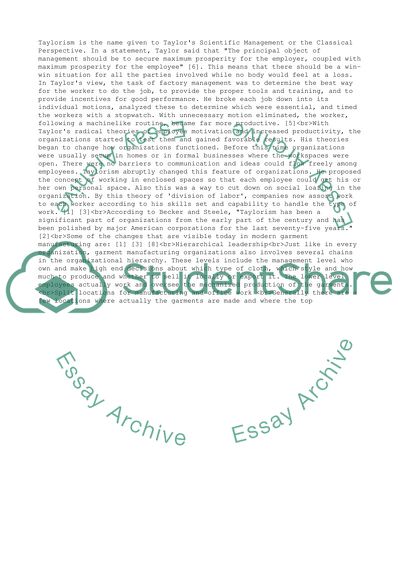Cite this document
(“Taylorism Essay Example | Topics and Well Written Essays - 1000 words”, n.d.)
Taylorism Essay Example | Topics and Well Written Essays - 1000 words. Retrieved from https://studentshare.org/business/1508142-taylorism
Taylorism Essay Example | Topics and Well Written Essays - 1000 words. Retrieved from https://studentshare.org/business/1508142-taylorism
(Taylorism Essay Example | Topics and Well Written Essays - 1000 Words)
Taylorism Essay Example | Topics and Well Written Essays - 1000 Words. https://studentshare.org/business/1508142-taylorism.
Taylorism Essay Example | Topics and Well Written Essays - 1000 Words. https://studentshare.org/business/1508142-taylorism.
“Taylorism Essay Example | Topics and Well Written Essays - 1000 Words”, n.d. https://studentshare.org/business/1508142-taylorism.


